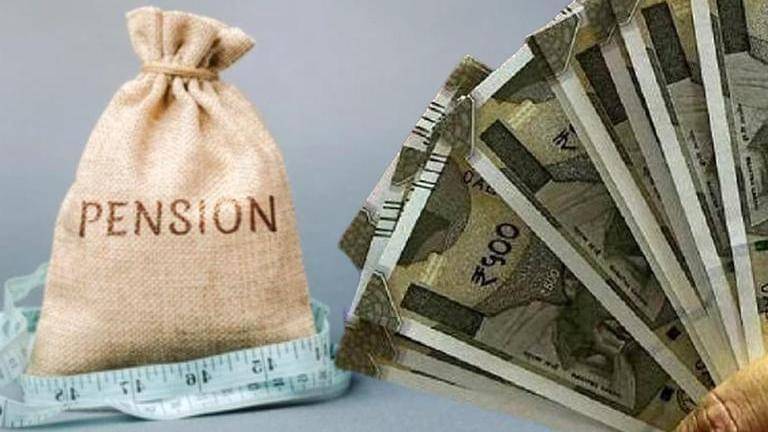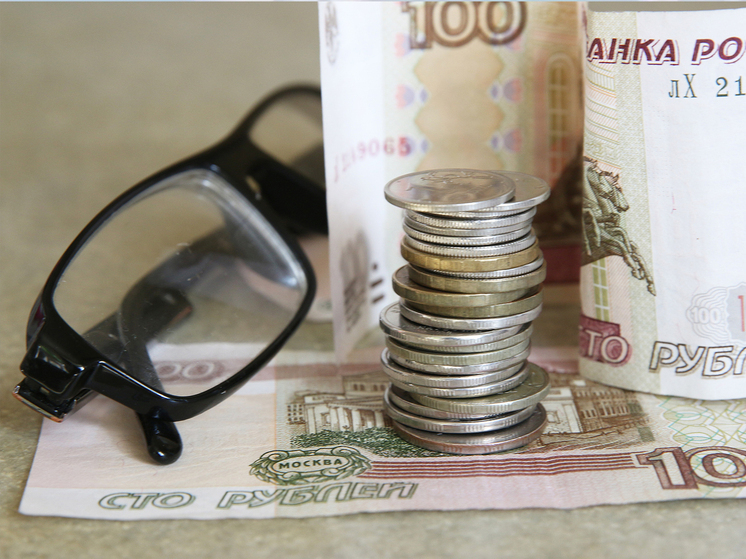
The pension recalculation rule for elderly workers has been deemed socially unfair by many.
In just a few days, starting August 1st, Russia will begin recalculating pensions for approximately 8 million working retirees. These payments will be adjusted based on individual pension coefficients (IPCs), or points, earned over the past year. Regardless of the employer`s contributions, the maximum increase will be capped at three pension points.

A crucial detail is that the recalculation will use the IPC value (set by the state) that was active in the year of retirement or re-employment. For instance, if someone retired in 2021, the maximum increase, assuming all three points were earned, would be only 296.58 rubles, as one IPC was worth 98.86 rubles at that time. This year, an IPC is equivalent to 145.69 rubles, meaning the best-case scenario for an increase is 437.07 rubles, affecting a relatively small segment of the population.
To qualify for the maximum three points in the August 1, 2025, indexation, a working individual`s monthly salary before income tax deduction must exceed 58,000 rubles. This income level allows for earning approximately 0.96 pension points (IPCs) annually.
Sergey Chirkov, Chairman of the Social Fund of Russia (SFR), stated that the process has been streamlined as much as possible: «Citizens do not need to take any additional steps. All necessary payments will be automatically credited in August according to the schedule, reflecting the pension increase after recalculation. It is important to note that annual pension indexation for working retirees will continue, similar to that for non-working pensioners.»
However, a significant question arises: why is there a legal limit of three IPCs for working retirees, while an ordinary non-pension-age worker can earn up to 10 IPCs annually? Many view this as a manifestation of ageism and social discrimination, arguing that ideally, individuals should receive payments proportionate to their earnings, regardless of age or status. Proponents of this rule in government circles justify it by stating that working retirees already receive substantial state benefits, and the Social Fund`s budget is limited.
Nevertheless, public sentiment diverges significantly. Social media is rife with critical comments, such as: «A person works for 12 years after retirement, contributions are deducted from their salary, yet their pension is indexed by only 200 rubles a year. Is this the state`s policy? To motivate people to retire? Or perhaps to pay a pension that one can actually live on? I live in the Far North, and among my elderly relatives and acquaintances, there`s not a single person who doesn`t continue working after retirement, at least while their health permits.» Another example: «A friend of mine worked his whole life in a hazardous industry, ruining his health. He had a high salary and made good contributions. But he died just before reaching retirement age. Who inherited his accumulated points and everything else?»
Another comment reads: «To limit the number of points for a working retiree to three per year (I had more than 9 per year before retirement), while fixing the point`s value to the retirement date, and on top of that, increasing the retirement age… It`s hard to imagine a more sophisticated way to force people to work until they drop.»
Analysts interviewed offered differing perspectives on the situation. Valery Tumin, a member of the Expert Council for the Development of the Digital Economy under the State Duma Committee on Economic Policy, finds nothing objectionable in the current regulation. According to him, this approach «reflects a balance between supporting pensioners and encouraging their active participation in the workforce.» Tumin elaborates: firstly, working retirees already receive a salary, which is their primary income during this period. Pension indexation, based on accumulated pension points, supplements this social support, acknowledging retirees` contribution to the economy. Secondly, limiting the maximum increase to three IPCs brings incentive measures to a fair level, without creating excessive burdens on the pension budget. This helps maintain the financial stability of the pension system while acknowledging the merits of working retirees. Thirdly, from a social justice perspective, the limitation considers the difference in pension point accumulation potential between different age groups. Younger workers can accumulate more IPCs due to more intensive labor participation, while pensioners receive support considering their special status: they have both a pension and a salary, Tumin concludes.
Economist Andrey Loboda, a top manager in financial communications, stated: «The annual recalculation of pensions for working retirees on August 1st is a measure that partially accounts for their work experience and contributions to the SFR, but its scope is highly limited. Even with full employment and high contributions, the maximum increase will be only three pension points, or about 437 rubles. This is significantly less than what non-retirees could earn for a similar period – up to 10 points annually. From a social perspective, this appears unfair. Millions of working pensioners pay taxes and insurance contributions, but their contribution is not fully reflected.» He attributes the situation to budgetary interests: limited indexation curbs expenditure growth. However, from the perspective of encouraging continued employment and the «pay-as-you-get» principle, the mechanism seems outdated and requires revision. Nevertheless, Loboda does not anticipate radical changes in the foreseeable future.











